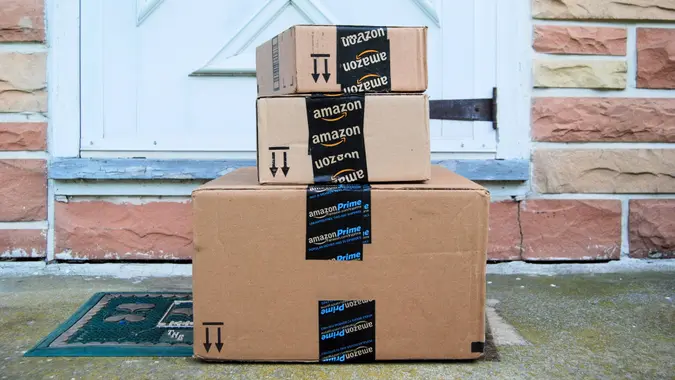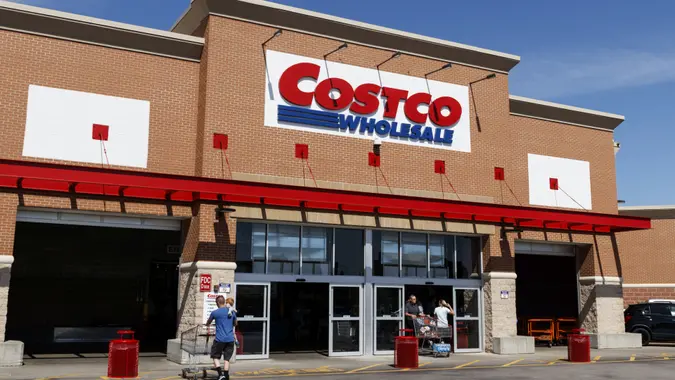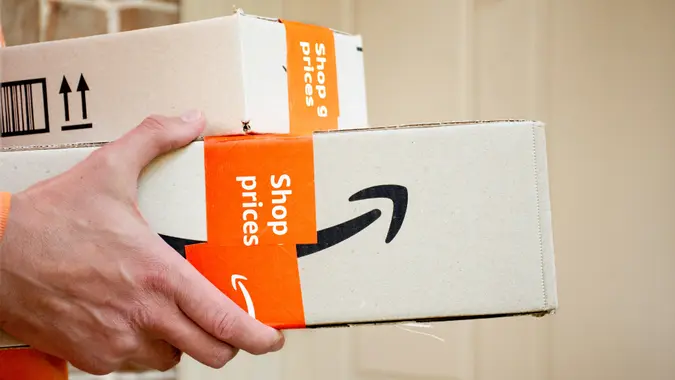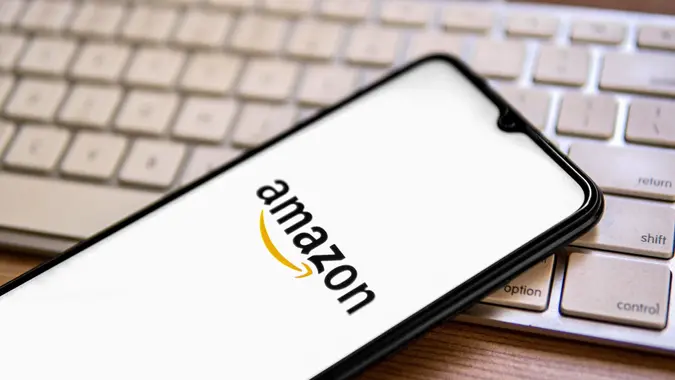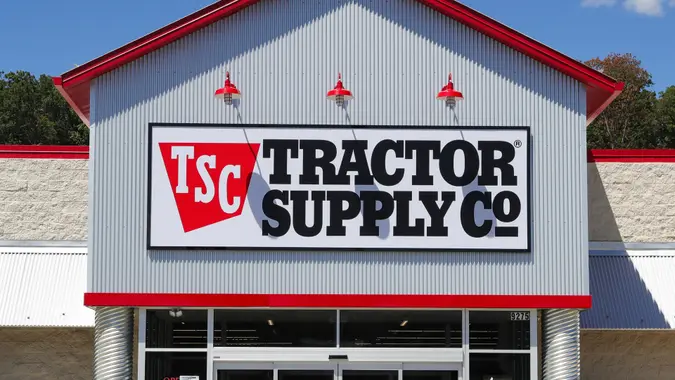5 Key Signs You’re Wasting Money on Brand Loyalty Instead of Finding Better Deals

Commitment to Our Readers
GOBankingRates' editorial team is committed to bringing you unbiased reviews and information. We use data-driven methodologies to evaluate financial products and services - our reviews and ratings are not influenced by advertisers. You can read more about our editorial guidelines and our products and services review methodology.

20 Years
Helping You Live Richer

Reviewed
by Experts

Trusted by
Millions of Readers
If you’re attached to a favorite brand or three, who can blame you — sophisticated psychology and marketing goes into the creation of some of the products and companies consumers love best. Beyond actual product value, it’s possible to attach personal or sentimental significance to a brand, as well.
While there’s nothing wrong with loving a brand, your loyalty to it can be costing you more money than you want to be spending.
Experts explained some key signs that you’re wasting money on brand loyalty when you should be prioritizing better deals.
You Don’t Comparison Shop
If you repeatedly purchase a particular brand/product without ever comparing prices, you might be overspending due to brand loyalty, according to Erika Kullberg, founder of Erika.com, an attorney and personal finance expert.
This is even more of a problem if you dismiss alternatives without trying them or insist on premium brands and packaging even when budget options are highly rated, Kullberg said. In these cases you’re likely overspending due to brand loyalty.
You Make Impulse Purchases
Another red flag for brand loyalty could be impulse purchases simply because a brand releases a new version of a product or a certain brand is on sale, rather than based on genuine need or value, Kullberg pointed out. Look at trends like the Stanley tumbler craze, where a product that is no better or worse than other similar brands was suddenly overpriced due to a social media trend.
You Shop by Habit, Not Strategy
If you shop at the same stores when it comes to basic daily essentials out of habit, you are likely missing out on better deals available at competitors by not shopping around, according to Andrea Woroch, a nationally-recognized consumer savings expert and author.
“Being loyal to a particular grocery store or big-box store could mean missing on a daily deal or weekly special offered at a competitor during that time,” she said.
She recommended reviewing local store circulars to see what’s on sale at all retailers in your area so you can shop wherever the deals are. Additionally, apps like Flipp aggregate store circulars allowing you to compare from your phone all in one place so you can plan your shopping trips accordingly.
You’ve Been Using the Same Credit Card for Years
Another big red flag that your credit card brand loyalty may be keeping you from reaping better rewards or cash back is that you’ve been using the same credit card for years, even decades, Woroch pointed out.
“That’s because credit card companies constantly roll out new credit card deals and rewards programs that may offer bigger bonuses or more cash back for select categories,” she said.
Additionally, your spending needs may have changed over the years and your old card may no longer offer maximum reward earnings on the purchases you make the most.
She recommended comparing credit card reward programs at sites like www.CardRates.com to find the best ones for you.
You Buy Into Scarcity Marketing and the Sunk Cost Fallacy
A big part of what keeps people coming back to brand loyalty, Kullberg said, is “scarcity marketing,” exclusivity messaging that makes you feel like you can’t quit. “Loyalty programs with tiered rewards create a sense of commitment, which can also make people feel like they’re losing benefits if they switch.”
Another psychological tactic brands use is the “sunk cost fallacy,” according to Reilly Newman, brand strategist, founder and author of the branding branding book “Brandy.” He said this “is rooted in our reluctance to abandon something after we have invested so much into it.”
Certainly, if you’ve ever felt yourself reluctant to switch products — say Apple products to cheaper competitors — you may be suffering from this.
“With brand loyalty, we have quite literally invested into a relationship with the brand with our time, trust and money. This is all a sunk cost that makes switching very difficult because we are very invested in our choice,” Newman said.
To prevent some of these habits that keep us spending more than we want to, consider reading ingredient lists (to confirm generics are as good), track spending and use apps that enable comparison shopping.
More From GOBankingRates
- Nearly 1 in 3 Americans Hit by a Costly Holiday Scam, Norton Survey Shows -- How To Avoid This
- Here's What the Average Social Security Payment Will Be in Winter 2025
- How Middle-Class Earners Are Quietly Becoming Millionaires -- and How You Can, Too
- The Easiest Way to Score $250 for Things You Already Do
 Written by
Written by  Edited by
Edited by 





